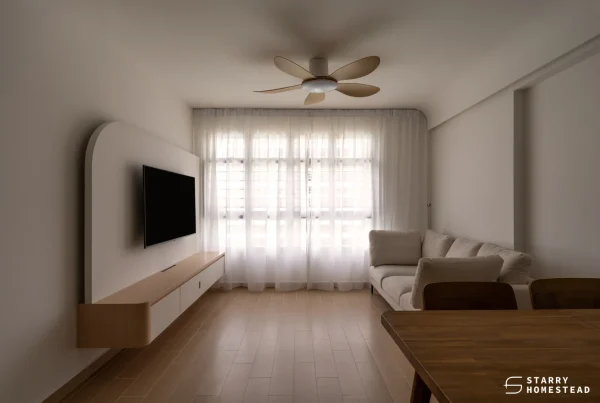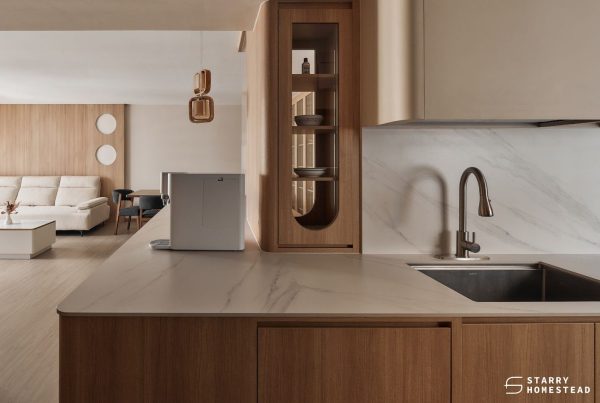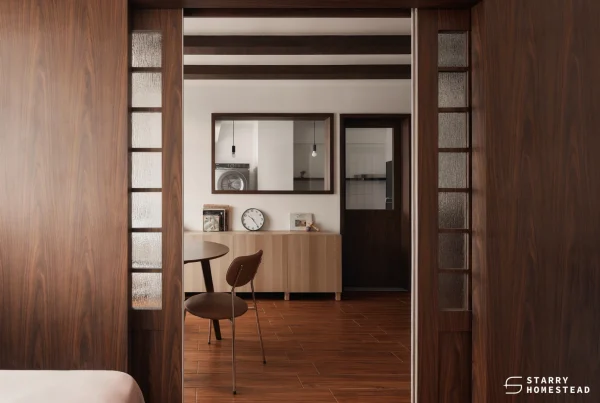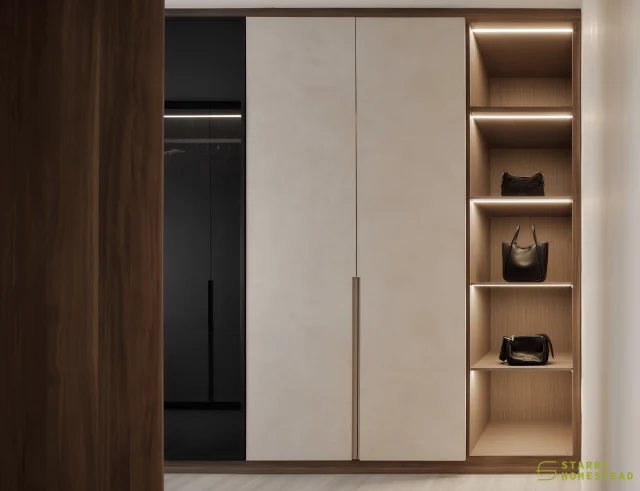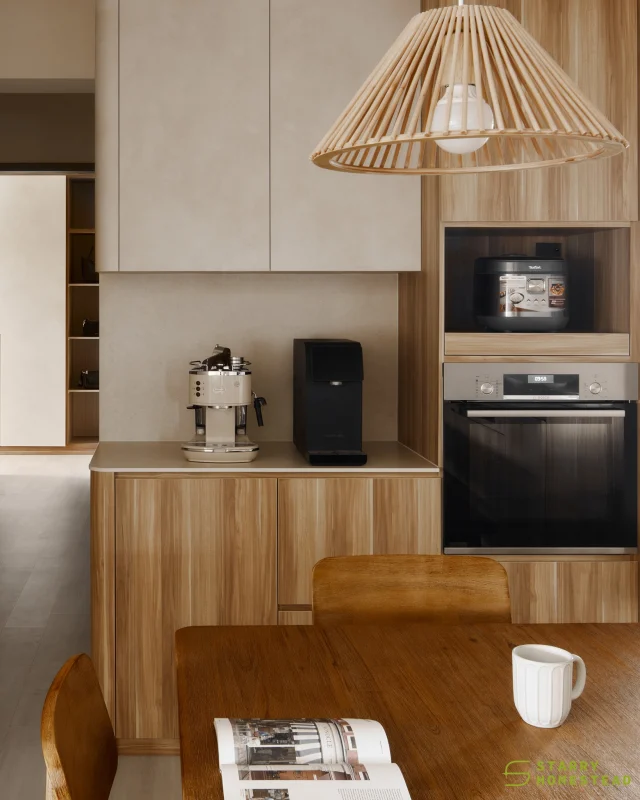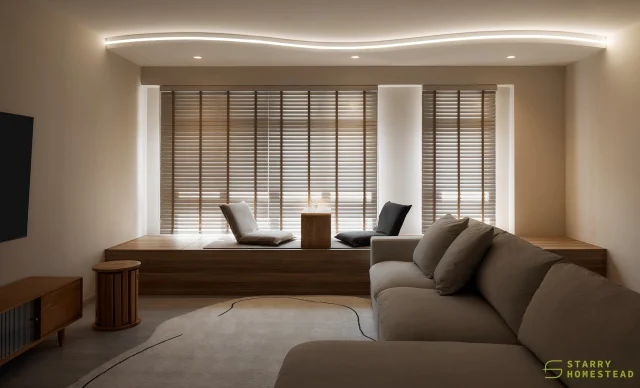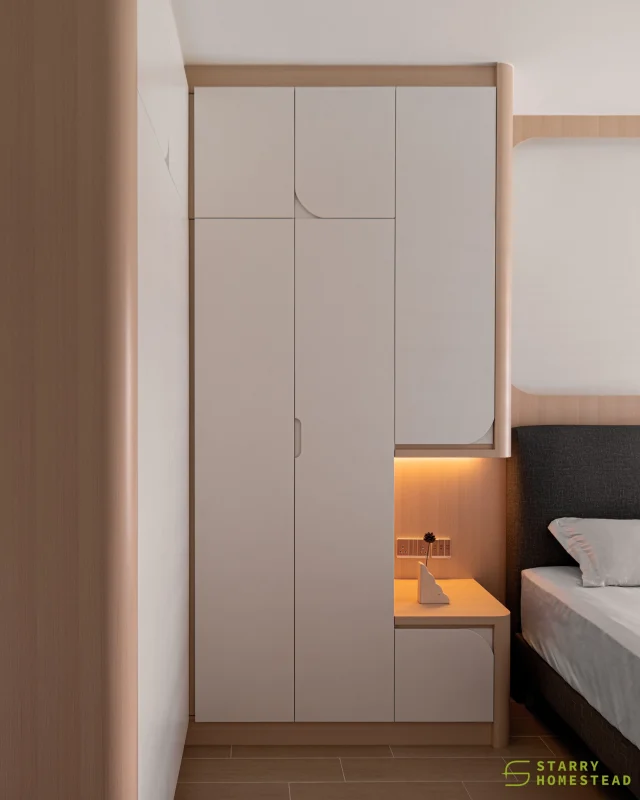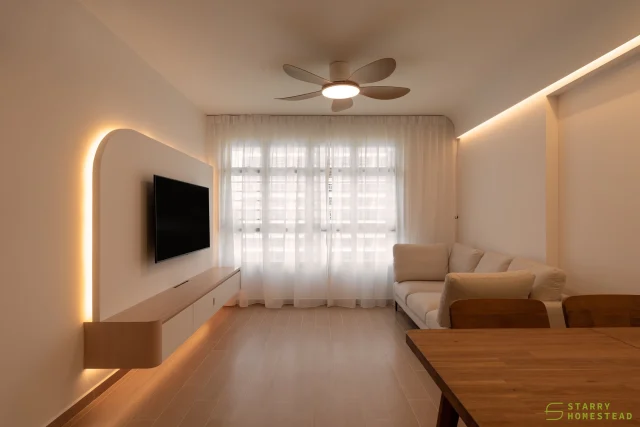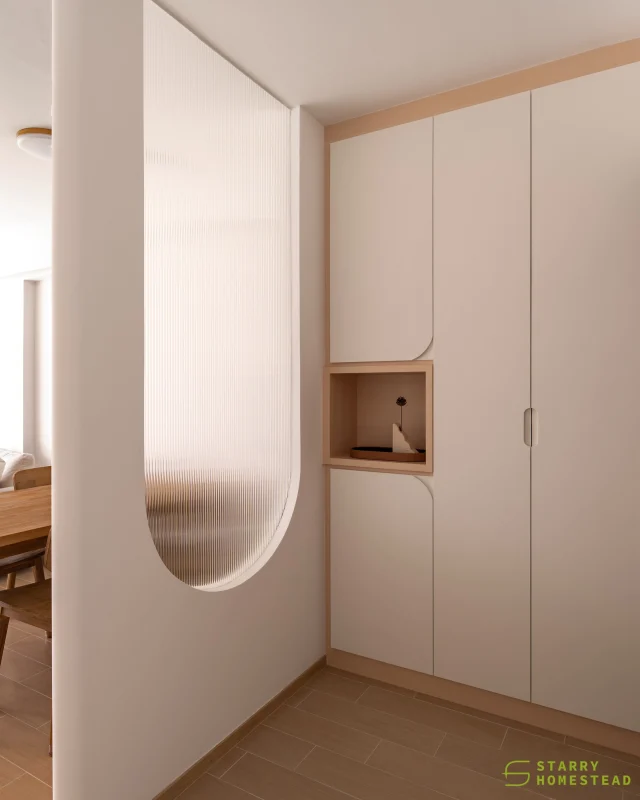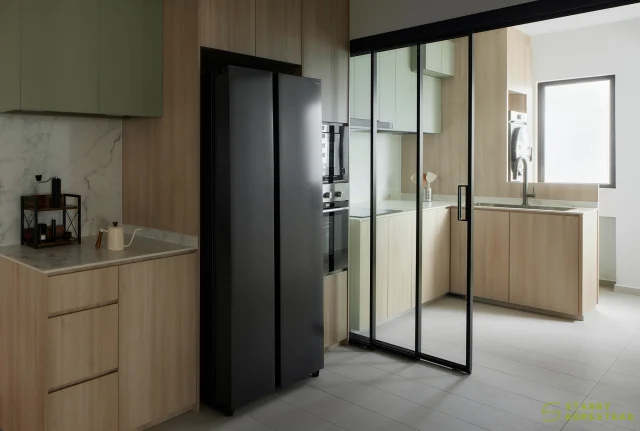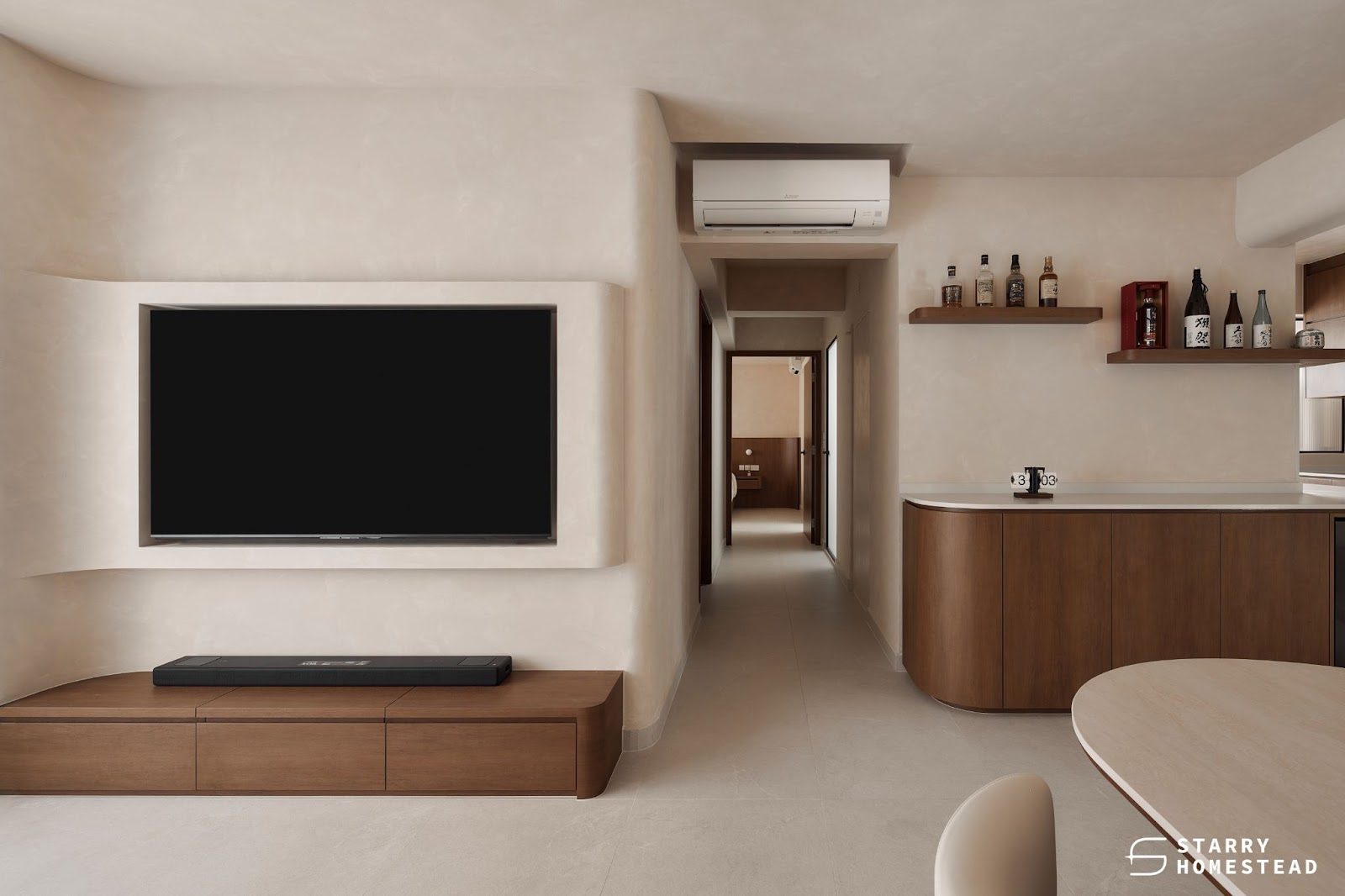 A particularly impactful design trend has recently captured the attention of many: colour drenching.
A particularly impactful design trend has recently captured the attention of many: colour drenching.
This bold and immersive technique promises to transform rooms in a way that feels both dramatic and cohesive, while also making the space feel spacious or intimate, depending on the hue used.
Defining Colour Drenching
Colour drenching is a technique that involves painting the walls, trim, ceiling, and often even doors and built-in features, in the same or very similar shades of colour. The result is a seamless, immersive, and entirely monochromatic look that feels cosy and intentional.
Based on the look colour drenching provides, it is a departure from the traditional practice of using a white ceiling or neutral trim to break up a room. Instead, every surface becomes part of a continuous, uninterrupted colour scheme, creating a stunning, unified statement.
The Appeal of Colour Drenching
This interior design approach is gaining popularity for several reasons. Colour drenching possesses an ability to instantly elevate a space, making it feel more refined and deliberate. With its versatility, it can create a soft and serene atmosphere in a bedroom or a bold and dramatic ambience in a lounge or office.
This trend also plays with saturation, making both large and small spaces feel more defined and cohesive. In smaller rooms, painting everything one colour can make the space feel less spacious. Conversely, in a large room, the technique can make a vast space feel more intimate and enveloping.
As for ceilings, colour drenching has practical benefits. For instance, it can create a more harmonious room by eliminating the visual ‘chop’ of a contrasting ceiling, and it can effectively disguise low ceilings or make pitched ceilings feel more homogeneous.
Implementing the Colour Drenching Look
Successfully adopting the colour-drenching trend involves a strategic approach. Consider these practical tips for implementing this striking design.
1. Selecting the Right Colour for Function
The colour you choose should be matched to the room’s intended use.
Bold, saturated choices are well-suited for spaces meant for focus or drama, such as an office, lounge, or living room. A deep navy or a rich green, for example, can promote concentration and create a sense of sophistication. Conversely, softer, warmer tones are ideal for a calming effect. For a bedroom, soft beiges, gentle blush tones, or warm greys can foster a relaxing and peaceful atmosphere conducive to rest.
2. Infusing Warmth and Texture
A common misconception is that a monochromatic scheme can feel flat or sterile. The trick to a successful colour-drenched room is to add depth and inviting appeal through texture.
A popular approach is to use warm, earthy tones such as mocha mousse, terracotta, mustard yellow, or rich browns to instantly create a cosy atmosphere. To enhance this, pair the chosen colour with natural textures like wood, woven fabrics, or stone.
Meanwhile, incorporating elements such as timber beams, velvets on furniture, layered carpets, and mixed metal or wood accents will give the room character.
3. Varying Paint Finishes
While the entire room is painted in the same colour, varying the paint finishes adds a layer of dimension. For example, opting for a matte or flat finish for the walls, and a satin or eggshell finish for the trim, doors, and window panes. This subtle difference in texture helps prevent the room from feeling flat, even if it’s using the same colour throughout.
4. Utilising Contrasting Colours for Impact
Although the essence of colour drenching is monochromatic, introducing contrasting colours through specific elements, such as furniture and accessories, can bring the room to life and ensure the space feels dynamic rather than static.
For instance, you could pair fiery orange accent furniture with a room drenched in cool blue, or mix playful pastels with more traditional dark tones. These contrasting colours create visual energy and add a layer of personality. Another example is adding customisable shelving and storage, which can either be designed to blend seamlessly into the colour scheme or to boldly stand out for added impact.
Best Practices for Colour Drenching
To ensure your colour drenching project is a success, careful planning is essential.
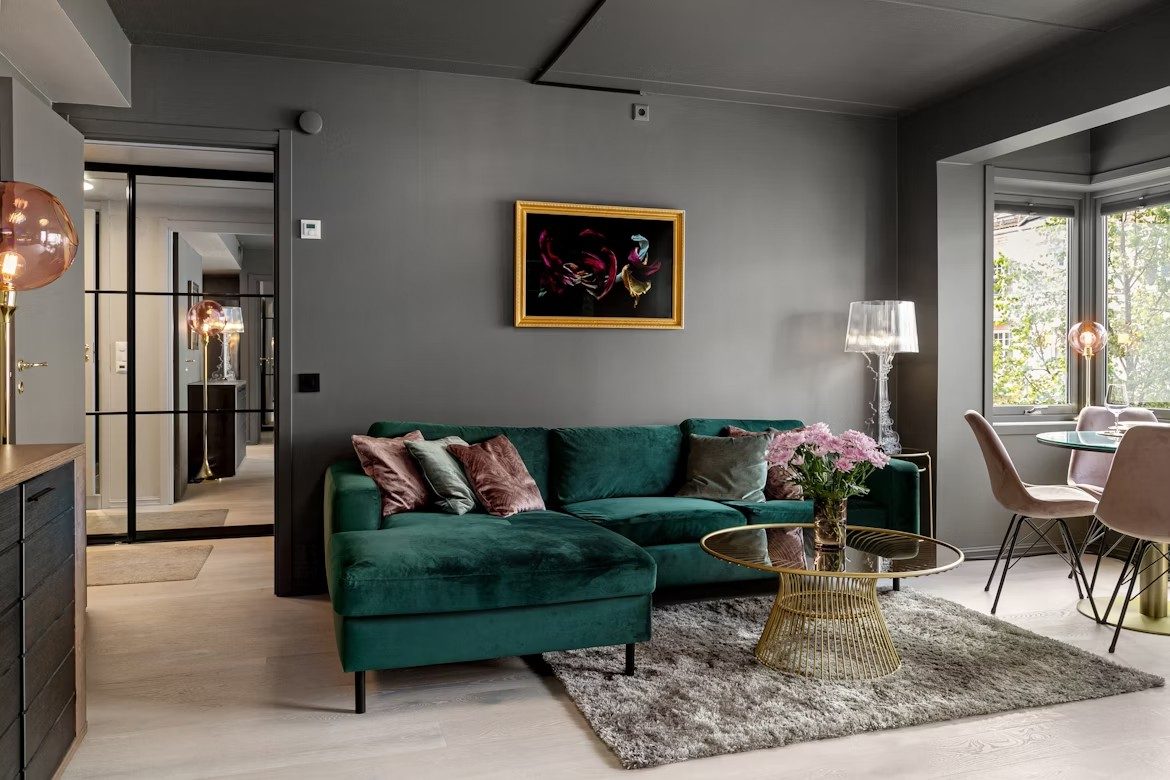 Key Recommendations
Key Recommendations
- Test Colours in Different Lighting: The appearance of a colour can change depending on the light. Before committing, test shades in various parts of the room at different times of the day to see how natural and artificial light affects your perception.
- Experiment With Texture and Pattern: To add depth to a monochromatic scheme, incorporate diverse textures through rugs, curtains, or accent pillows. This is because a subtle pattern in the wallpaper or fabric can also provide a break from the single hue while maintaining a cohesive look.
- Balance with Décor: The dominant colour in a room with a drenched look needs to be balanced by other elements. As such, adding contrasting furniture, fabrics, and accessories will bring the room to life and prevent it from feeling one-dimensional.
Common Pitfalls to Avoid
- Avoid Going Too Dark in Small, Dimly Lit Rooms: Even though a dark colour-drenched room can be very striking, it can make a small space feel cramped or cave-like if it lacks sufficient natural light.
- Do Not Neglect the Ceiling: The ceiling is an integral part of the colour-drenched look, and leaving it white when the walls are painted a different colour will break the continuous feel and compromise the immersive experience.
Choosing to work with a professional interior design company in Singapore like Starry Homestead can help you navigate the process of colour drenching, ensuring you make informed decisions and avoid common mistakes in your space. The expert eye of our award-winning interior design team can help you choose what trending colours for 2025 will fit with your room’s lighting and guide you in balancing the dominant colour with the right textures and furnishings.
Ready to transform your living space with a bold, new look? Contact Starry Homestead today for a consultation on your interior design ideas, whether bold colours for a modern luxury interior design project or soft hues to achieve a coastal vibe in your space.
